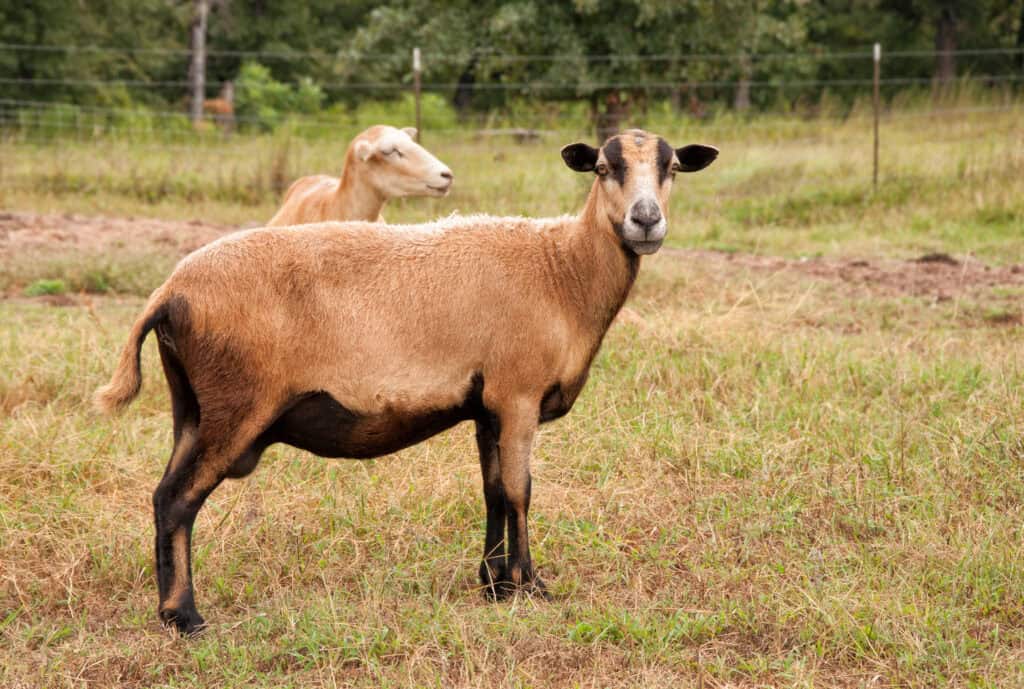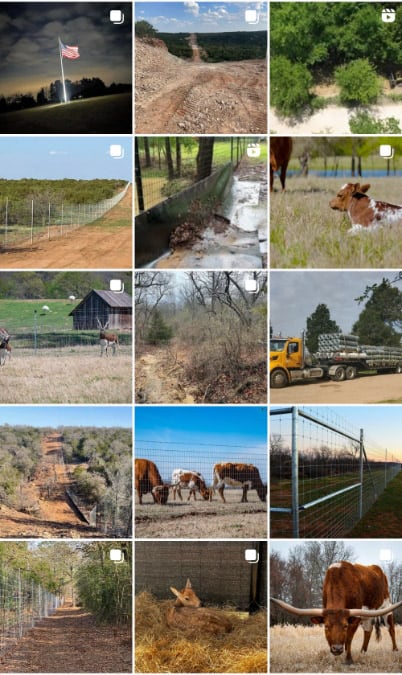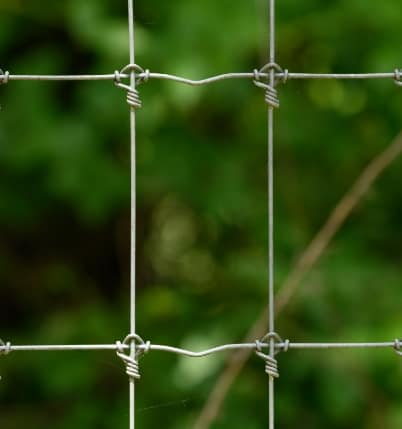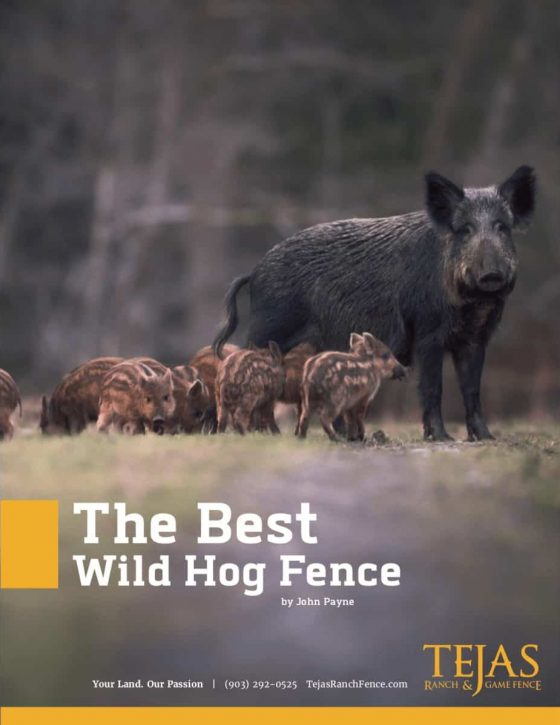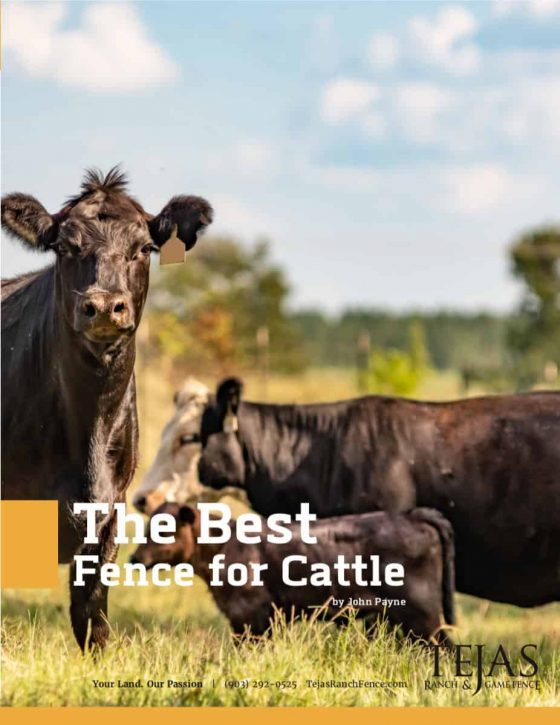Introduction
Barbados Blackbelly sheep are a distinctive and hardy breed known for their adaptability and resilience in harsh climates. Originating from the Caribbean island of Barbados, these sheep have gained recognition worldwide for their resistance to disease, excellent reproductive capabilities, and ability to thrive in hot and humid conditions.
Understanding Barbados Blackbelly Sheep
Origins and Ancestry
The Barbados Blackbelly sheep trace their origins back to the early days of European colonization in the Caribbean. During the 17th century, settlers brought sheep from West Africa and Europe to the island of Barbados, where they interbred to create a new, highly adaptable breed. The African sheep contributed to their heat tolerance and disease resistance, while the European breeds provided increased size and body mass. Over time, natural selection favored animals that could withstand the island’s tropical conditions, resulting in a sheep that was exceptionally well-suited to warm climates with limited forage availability.
Unlike many sheep breeds traditionally bred for wool production, Barbados Blackbelly sheep were developed primarily for their meat. Their lean and flavorful meat became a staple for local farmers and helped sustain island communities. The breed remained relatively isolated in Barbados until the 20th century, when they were introduced to the United States and other parts of the world, where they continue to be valued for their productivity and hardiness.
Physical Characteristics and Unique Features
Barbados Blackbelly sheep are easily recognizable due to their distinctive appearance. They have a sleek, hair-covered coat rather than wool, which allows them to tolerate hot and humid climates without the risk of overheating. Their coloration typically consists of a tan to reddish-brown body with a distinctive black underbelly and black markings on their face and legs. This unique color pattern helps them blend into their natural environment and provides a measure of camouflage from predators.
Unlike many traditional sheep breeds, Barbados Blackbelly sheep do not have horns, as both males and females are naturally polled (hornless). They have a lean, muscular build, with long legs that contribute to their agility and speed. This physical structure allows them to evade predators more effectively than heavier, less mobile sheep breeds.
| Height | 2 – 3 feet | |
| Weight | 75 – 130 pounds | |
| Color | Reddish Brown, Tan | |
| Lifespan | 10 – 12 years | |
| Country of Origin | Caribbean | |
| Habitat | Grasslands, savannas | |
| Diet | Grasses and shrubs | |
| Fence Requirement | 4 ft minimum height | |
| Suggested Fence Pattern | 1348-3, 1348-4, 1348-6, 1348-12, 1660-4 | |
| Fence Material | Low-Fence Exotics Fit for Texas Ranches |
Habitat
Barbados Blackbelly sheep are naturally adapted to warm, tropical environments, making them an ideal breed for regions with high temperatures and humidity. Originally from the Caribbean, these sheep have been successfully raised in parts of the southern United States, Central and South America, and even regions of Africa where similar climatic conditions exist.
Barbados Blackbelly sheep thrive in grassland and savanna-type environments. They are highly efficient foragers, feeding on a mix of grasses, shrubs, and other vegetation, and they tolerate low-quality forage that many other breeds would struggle to digest. Their ability to survive on relatively sparse vegetation makes them particularly valuable in areas where food resources may be inconsistent. Additionally, they are highly resistant to many common parasites and diseases, which enables them to maintain good health with minimal medical intervention. This natural resilience makes them a popular choice for small-scale and sustainable farming operations, as they require less intensive management than many other sheep breeds.
Behavior and Social Structure
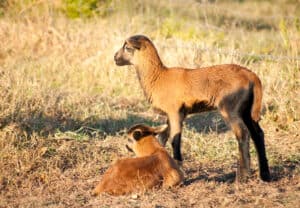
Barbados Blackbelly sheep exhibit social behaviors that are typical of flocking animals, though they are often considered more independent and alert than some other sheep breeds. They tend to form tight-knit groups, which provide protection against predators and foster a sense of security within the herd. However, they are also known for their cautious and skittish nature, making them more difficult to handle than some domesticated breeds that have been selectively bred for docility.
Known for their exceptional reproductive capabilities, ewes often give birth to twins or even triplets. Their high fertility rates make them an attractive choice for meat production, as their populations can grow rapidly with minimal intervention. Ewes typically have a strong maternal drive, providing excellent care for their lambs. The rams, while not aggressive, display territorial behaviors during mating season and will compete for dominance within the flock. However, conflicts among males are usually resolved with minimal physical altercation, as their lack of horns prevents serious injury.
Conservation Efforts and Reintroduction Programs
Despite their resilience and valuable traits, Barbados Blackbelly sheep have faced population declines due to crossbreeding and changes in agricultural practices. In some regions, farmers have bred them with other sheep to enhance certain characteristics, leading to a dilution of the original genetic lineage.
In the United States, a separate breed known as the American Blackbelly sheep has emerged, which is a hybrid of Barbados Blackbelly, Mouflon, and Rambouillet sheep. While American Blackbelly sheep retain many of the desirable characteristics of their Barbados ancestors, they differ in terms of size, horn structure, and certain physical traits. Because of these differences, conservationists continue to advocate for the protection of the pure Barbados Blackbelly breed to prevent its genetic erosion.
Ongoing conservation efforts are crucial for maintaining biodiversity in livestock and ensuring that farmers have access to a hardy, disease-resistant breed that can thrive in challenging climates. In Barbados itself, government and agricultural groups have taken measures to maintain the breed’s genetic purity and ensure that it remains a vital part of the island’s agricultural heritage.
Conclusion
Barbados Blackbelly sheep are a remarkable example of adaptability and resilience in the world of livestock. With their roots in the Caribbean, these sheep have proven their worth in diverse environments, demonstrating exceptional disease resistance, reproductive efficiency, and the ability to thrive on minimal resources. Their unique physical characteristics, strong social structures, and maternal instincts further contribute to their appeal as a valuable agricultural breed.
Join our email newsletter and receive informative articles like these in your inbox! Subscribe here.
About Tejas Ranch & Game Fence
Tejas Ranch & Game Fence is the go-to ranch fence contractor for landowners with a vision for their property. We have a broad offering of ranch fence solutions, such as high-game fences, cattle fences, hog-proof fences, and more. We offer land clearing, trail construction, and land development consulting along with our fence solutions.
Related Articles:
Exotic Black Hawaiian Sheep
Exotic Zebras
Exotic Rhea
Buffalo
Exotic Addax
Exotic Scimitar Oryx
Exotic Blackbucks
Exotic Sika Deer
Exotic Painted Desert Sheep
Exotic Mouflon Sheep
Exotic Corsican Sheep
Exotic Fallow Deer
Exotic Aoudad Sheep
Exotic Nilgai Antelope
Exotic Texas Dall Sheep
Exotic Axis Deer
Exotic Pere Davids Deer
